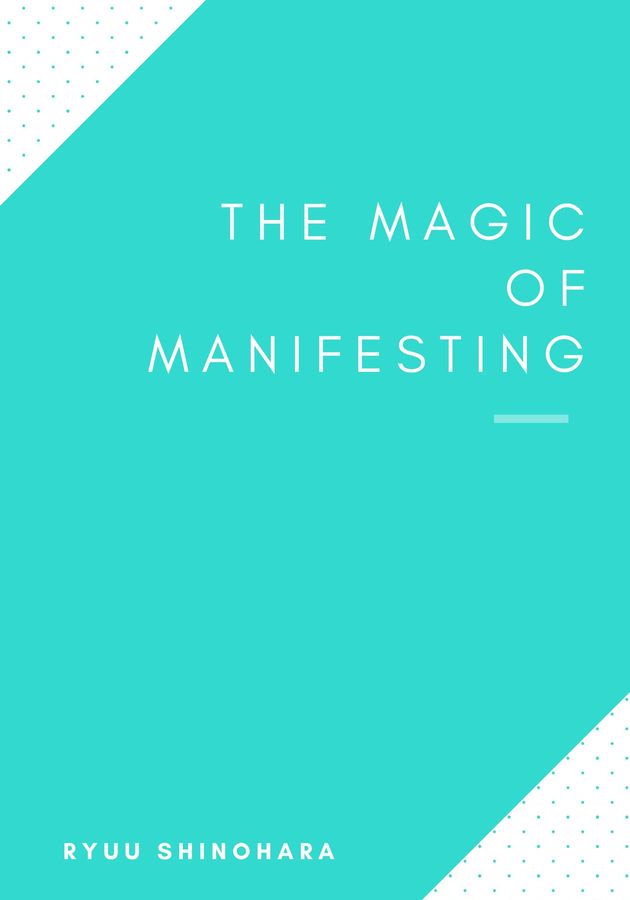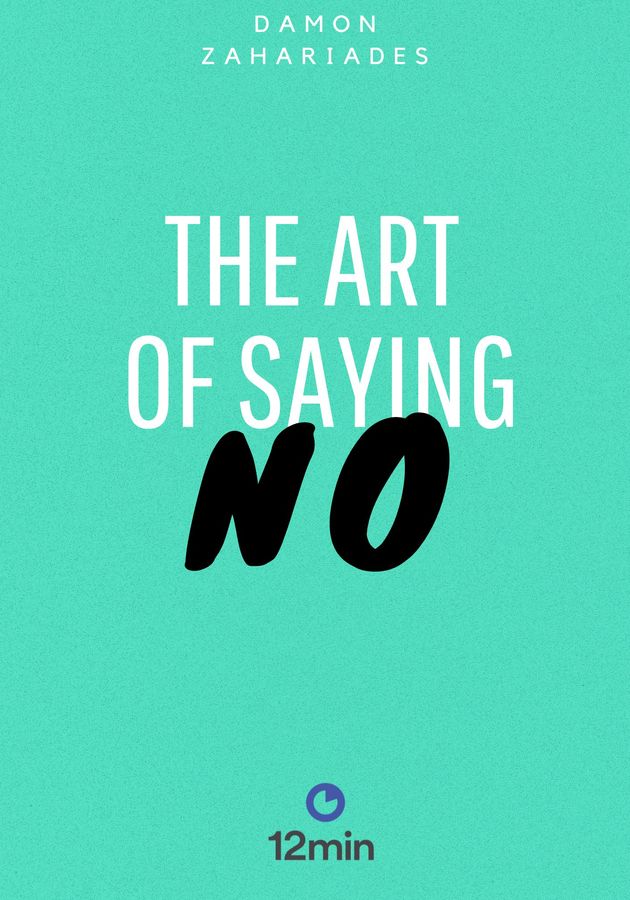According to Milton Friedman, private property is a precondition for freedom. However, according to Christopher Ryan and Cacilda Jethá and their controversial 2010 book “Sex at Dawn” private property may not merely be the main trigger of human possessiveness and jealousy, but the only reason why we feel so imprisoned in the sexual confines of monogamy as well.
So, get ready to learn how monogamy came to be, why long-term sexual fidelity is so difficult and why women are multiorgasmic, while men reach orgasm frustratingly quickly!
The standard narrative of human sexual evolution
According to the standard narrative of human sexuality, a long-term bond between a man and a woman is the “fundamental condition of the human species.” It is also the pinnacle of a three-step process as rooted in our biology as breathing:
- Boy meets girl.
- Boy and girl assess one another’s mate value from perspectives based upon their differing reproductive capacities.
- Finally (assuming they meet each other’s criteria), the boy gets a girl and the two mate.
The evaluating criteria are, of course, fairly different for each sex: men want sons, so they look for young, fertile, and faithful women; women want security for their children, so they look for wealthy and socially respectable males. For this reason, the best evolutionary strategy for a woman is to look for a genetically healthy man able to provide for her and her children until they can take care of themselves. The best strategy for a man, on the other hand, is to find a coy, sexually inactive female partner, his best warranty that her future children will indeed be his.
Everything you know about heterosexual relationships – monogamy, the institution of marriage, the virgin myth, jealousy – inevitably stems from this biologically predetermined dynamic. In the absence of monogamous relationships, neither fathers can be sure that their partners’ children are theirs, nor mothers will be able to keep hold of their protection-providing male partners for long enough to raise their children properly.
It might not be the optimal scenario, but it makes a lot of sense, right? Well, Ryan and Jethá would beg to differ. “While we don’t dispute that these patterns play out in many parts of the modern world,” they write, “we don’t see them as elements of human nature so much as adaptations to social conditions – many of which were introduced with the advent of agriculture no more than ten thousand years ago. These behaviors and predilections are not biologically programmed traits of our species; they are evidence of the human brain’s flexibility and the creative potential of the community.”
The fierce egalitarianism of our hunter-gatherer ancestors
To understand Ryan and Jethá’s argument better, allow us to take you back a few million years ago, when our ancient ancestors (the Homo erectus) introduced democracy in the viciously elitist world of sexual affairs. Before this shift, not many human males had sexual access to females – just as it is in gorillas to this day. They instead fought each other to earn the status of an alpha male who, in turn, was allowed to keep a harem of females to himself and was the only one with the right to produce offspring in the community.
Now, according to the standard narrative, it is with this shift from a gorilla-like mating system to a sexual democracy that long-term bonding began in our species. Monogamy was, researchers say, an inevitable compromise, possibly the only outcome of the game of reproductive preferences between the sexes that wouldn’t result in tearing the whole community down.
In the gorilla-like mating system, males knew who they had to fight to get the females; in the new system, unless most males ended up with a female they could call their own, everybody would wind up being hostile to everyone else. This, however, is not true – there’s plenty of evidence to disprove it. The most damaging part of it: most hunter-gatherer societies aren’t bellicose, on the contrary, they are “fiercely egalitarian.”
In other words, whether we’re talking about the Indigenous Australians or Americans, foraging societies share everything, whether it’s meat or babies. Hoarding and hiding food is not only discouraged among these people, but it is also considered “deeply shameful” and “unforgivable.” It’s not that they are inherently noble or that they’ve found a way to create a functional communist order; compulsory sharing simply is “the best way to distribute risk to everyone’s benefit.”
If participation wasn’t mandatory, free riders would immediately hijack the process; so they have to be disciplined. The fierce egalitarianism prevalent among hunter-gatherer societies around the world is not a product of choice or moral beliefs – but the inevitable outcome of pragmaticism and necessity. The question asks itself: if these people shared everything between them, why didn’t they share their partners as well? Well, ask Ryan and Jethá, what if they did just that?
Ancient hypersexual communities
Maybe as recently as 4.5 million years ago, we shared a common ancestor with bonobos and chimps. In evolutionary terms, that’s “the day before yesterday.” Our DNA proves this: it differs from that of chimps and bonobos by no more than 1.6%, making us closer to them than an Indian elephant is to an African elephant.
But if you spend some time with chimps and bonobos, you’ll probably be amazed to observe that their sexual behavior is very different from that of humans. For example, female chimps have sexual intercourse several times a day with practically every male in the close-knit group, and bonobos engage in group sexual activities that somehow maintain – rather than destroy – the intricate social networks inside the community.
Contrary to what morally disgusted anthropologists and sociologists would like us to believe, the end of polygyny (M-FFF+) didn’t necessarily mean the beginning of monogamy (M-F), because the latter wasn’t the only democratic sexual strategy that granted a long-lasting community. As we can observe in chimps and bonobos, promiscuity works not only just as well in small communities as monogamy – but even better!
In the words of Ryan and Jethá, “a great deal of research from primatology, anthropology, anatomy, and psychology, points to the same fundamental conclusion: human beings and our hominid ancestors have spent almost all of the past few million years or so in small, intimate bands in which most adults had several sexual relationships at any given time. This approach to sexuality probably persisted until the rise of agriculture and private property no more than ten thousand years ago. In addition to voluminous scientific evidence, many explorers, missionaries, and anthropologists support this view, having penned accounts rich with tales of orgiastic rituals, unflinching mate sharing, and an open sexuality unencumbered by guilt or shame.”
Modern physical evidence of our promiscuous past
Now, it’s one thing to suggest that hypersexual hunter-gatherer communities could exist, but to prove that they have multiple mating partners was the norm for millions of years is completely another. But that’s what Ryan and Jethá strive to achieve. And according to them, some relics prove the promiscuous behavior of our ancestors all around – not only in how societies similar to them mate nowadays but also in how your body looks like and how you act in bed!
Think about this: if we’ve evolved in monogamous communities, then why are women so loud when having sex? Called female copulatory vocalization, this type of moaning is observable in bonobos as well, and cannot be easily explained away. After all, it’s loud enough to attract predators, and nobody seems to benefit from it. But what if, in the past – in the inherently promiscuous hunter-gatherer societies – female copulatory vocalization served to attract males to the ovulating, sexually receptive female and to promote sperm competition?
Speaking of sperm competition – doesn’t it explain perfectly the shape and the size of the human penis, as well as the quick activation of the male ejaculatory reflex? In a society where everyone can have sex with everyone, the ones who can produce more and more powerful sperm – and can do this more quickly – will be the ones to profit and father a child. Put even more plainly, size matters only if a female has more than one partner during a given day, and it is not the men who compete for her womb but their reproductive organs. Otherwise, what’s the point?
It gets even stranger. If humans moved from polygyny to monogamy, then why do women have a capacity for multiple orgasms? The majority of men are unable to have sex for at least a few hours after ejaculating; most women, however, can engage in another sexual intercourse right after an orgasm. Because of this, the standard narrative of human sexuality deems the female orgasm a mystery; yet, if we accept that our hunter-gatherer ancestors lived in hippielike communities, it is anything but.
The advent of agriculture and the birth of current mating behaviors
So, what happened? Why did men and women give all this up in favor of monogamy when both sexes would profit from a more laissez-faire approach to sex? In one word: agriculture.
Ryan and Jethá state that, with agriculture, virtually everything changed. “The nature of status and power, social and family structures, how humans interacted with the natural world, the gods they worshipped, the likelihood and nature of warfare between groups, quality of life, longevity, and certainly, the rules governing sexuality.”
Once private property became a thing, everything could be possessed, owned, stored, bought, sold, and passed down to generations. And this is why the notion of generations became a thing in the first place: “because of private property, for the first time in the history of our species, paternity became a crucial concern.” If you were a male, you couldn’t just leave everything to chance anymore: you had to be sure that the children of your female partner are yours because, otherwise, someone else would have profited from your lifetime efforts.
In the egalitarian hunter-gatherer societies of our prehistoric past, women had as much access to food, protection, and social support as men did. However, after the advent of agriculture, it was the men who started owning everything. Naturally, women had to adapt, and they started preferring wealthy and socially respectable men out of necessity: this suddenly became an indication of the providing competence of human males. Put differently, agriculture forced women into bartering their reproductive capacity for resource access and protection.
Now, agriculture happened just ten thousand years ago. It has changed us – but not to the extent necessary for humans to completely accept these new confines. Our instincts, for millions of years, favored promiscuity; our society, for no more than ten thousand years, prefers the opposite. This is why it is difficult to remain faithful: societal programs are, simply put, working against your DNA. Which of the two will yield first – remains to be seen.
Final Notes
Lauded by some and criticized by others, “Sex at Dawn” is often described as one of the most controversial books of the past decade.
And that’s probably a good description: the book does cherry-pick evidence here and there, and it does misinterpret human evolutionary psychology often, but it is not all pseudoscience. Faulty arguments and reasoning lapses aside, many of Ryan and Jethá’s conclusions are not that far from the truth.
And to say that they are intriguing and eye-opening is an understatement!
12min Tip
“Most of us take sex way too seriously,” write Ryan and Jethá. “It’s just sex, that’s all it is… It’s not love. Or sin. Or pathology. Or a good reason to destroy an otherwise happy family.” So, try not to confuse love and lust. It’s unhealthy. For everybody.





























